Right, e-commerce sounds like a dream. You build a website, market goods, and wait for the money to start to come in. However, surprise! Actually, the truth is more harder. In the first two years, did you realize up to eighty percent of e-commerce companies fail? That’s crazy! The competition is fierce—Amazon, eBay, Shopify stores—they’re everywhere. And they don’t leave much room for mistakes. This article dives into why so many e-commerce businesses don’t make it. But don’t panic! You’ll get real insights (not boring textbook advice) on how to dodge common pitfalls. Think of this as your cheat sheet to stay ahead and keep your business thriving.
Lack of Market Research
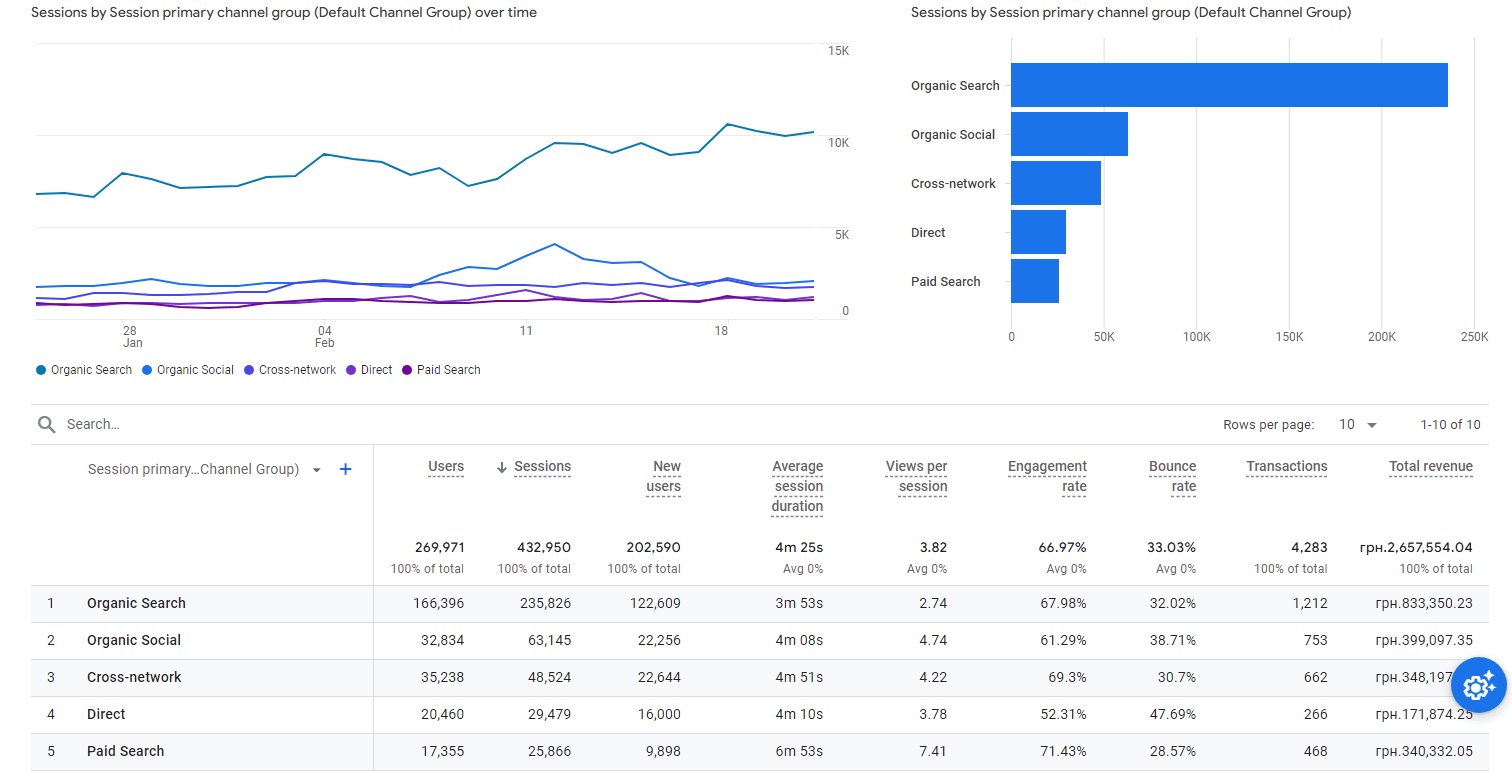
Establishing an online retailer without appropriate market research? That would be like opening a store in the middle of nowhere and questioning why nobody turns up. Any successful company, particularly in the cutthroat e-commerce environment, depends mostly on market research. Your website might seem nice without it, but your sales? Absence.
Let’s find out why e-commerce success depends on market research and how to prevent typical corporate errors..
Importance of Understanding Your Target Audience
Selling online is about knowing rather than about guessing. Your online store would suffer if you do not know your target market. Imagine introducing a luxury good on a website aimed for consumers on a limited budget. Disaster, indeed? Understanding preferences, behaviors, and pain areas is thereby not negotiable.
Consider Juicero for one instance. This $400 e-commerce disaster believed its offering would fly off the shelves without asking consumers whether they really wanted it. As it happens, none of them did. The company folded less than it had begun.
Investigate audience statistics first to steer clear of this catastrophe. Track activity on your website with Plerdy’s Heatmap or Google Analytics. To get actual insights, poll Instagram or email addresses. Your chances of creating items and content that really connect increase with knowledge.
Analyzing Competitors and Market Gaps
The e-commerce giants like Amazon, Shopify, and WooCommerce didn’t become dominant by accident. They spotted gaps in the market and pounced on them. To compete, you need to study your rivals and identify where they fall short.
Use tools like SEMrush or SimilarWeb to analyze competitor websites. What keywords are they ranking for? Are their shipping costs too high? Do their product pages confuse buyers?
Here’s the trick: turn their weaknesses into your strengths. If customers hate long delivery times, make your shipping faster. If their website feels outdated, invest in a sleek, modern design. By filling these gaps, your e-commerce business can stand out in even the toughest markets.
Ineffective Marketing Strategies
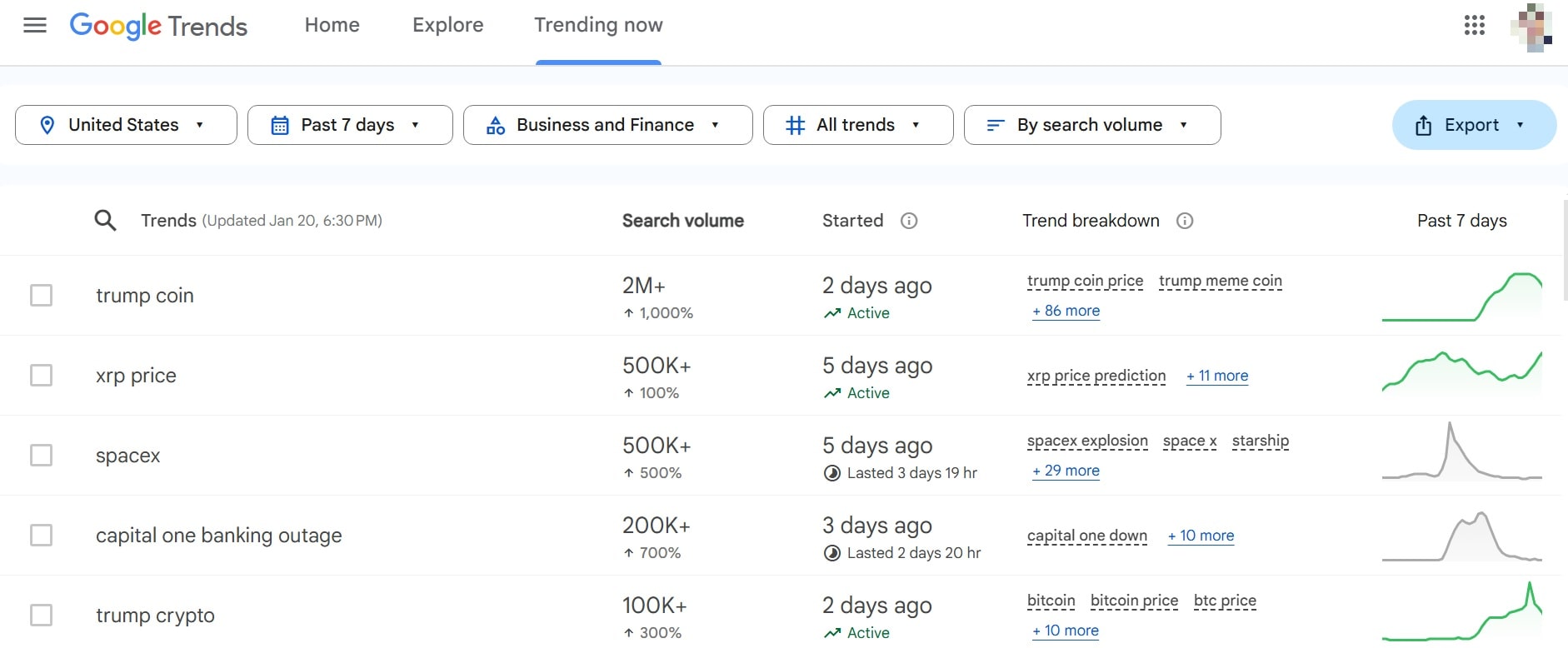
Managing a profitable e-commerce company requires more than merely stuffing money into ostentatious advertising or designing a great website. It’s all about wise tactics and a harmonic approach. Even the greatest commercial concepts might fail without adequate preparation. Let’s dissect two often occurring errors and discuss how to correct them to turn your website into a conversion tool.
Overreliance on Paid Ads Without Testing
Paid ads can seem like the quickest way to drive traffic to your website, but they’re also an easy way to drain your budget. Imagine an e-commerce business spending $3,000 on Google Ads, targeting everyone instead of a specific audience. Sure, clicks pile up, but where are the sales? Spoiler: they aren’t happening because the ads miss the right customers.
Smart testing is your best tool here. Start small with your ad campaigns. Target specific groups—shoppers interested in tech gadgets or eco-friendly products, for example. Tools like Google Ads or Plerdy’s Conversion Funnel Analysis can help optimize campaigns and avoid wasting money. Successful e-commerce marketing isn’t about spending more; it’s about testing and tweaking your strategy until it works.
Neglecting Organic and Content Marketing
If you’re too focused on paid ads, you’re missing out on the long-term benefits of organic traffic. Organic marketing isn’t just a buzzword—it’s a must for every e-commerce website that wants steady, sustainable growth. Paid campaigns are great, but what happens when the ad budget runs dry?
Search engine optimization (SEO), content production, and website interaction all constitute part of a solid organic approach. Important is writing useful blogs, FAQs, and product instructions. For example, a blog entry on “5 Best Fitness Trackers of 2025” can draw thousands of online shoppers each month. Besides, organic traffic is free!
Here’s how to step up your organic game:
- SEO-Friendly Content: Use tools like Plerdy’s SEO Checker to ensure your website ranks higher in searches.
- Engaging Articles: Create content answering real questions your customers have.
- Email Campaigns: Build trust and keep your audience engaged with newsletters.
Combining both paid and organic strategies will not just grow your website traffic—it will build a sustainable business. Balance is everything, so don’t lean too heavily on one. Keep your e-commerce journey smart, steady, and adaptable.
Poor Website User Experience (UX)

Your website is the face of your e-commerce business. If it’s messy, slow, or hard to use, visitors will leave, and sales will vanish. Think of it as your online storefront—would you shop in a store where aisles are chaotic and no one helps you? A bad website is no different.
Common Website Issues
Let’s face it: nobody has the patience for a slow website. If your e-commerce site takes more than 3 seconds to load, you could lose up to 40% of potential customers. Add confusing navigation to the mix, and you’re practically begging visitors to leave.
Mobile traffic is another challenge. Over 50% of e-commerce website visits come from mobile devices, yet so many websites still don’t work properly on smaller screens. An unresponsive design means lost sales, plain and simple.
Fixing these issues doesn’t need to be overwhelming. Use tools like Google PageSpeed Insights to optimize load times and check for website speed problems. Plerdy Heatmap is also great for tracking how visitors interact with your website. With just a few tweaks—like faster images and better navigation—you’ll turn your site into a smooth shopping experience.
Optimizing Product Pages and Checkout Process
Your product page isn’t just a page—it’s the heart of your e-commerce business. It’s where decisions are made. Use high-quality images and clear descriptions that focus on benefits. For example, instead of “This bag is waterproof,” say, “Keeps your essentials dry in any weather.” Good product pages build trust, which leads to sales.
Now, let’s talk about the checkout process. Keep it simple and fast. The fewer steps, the better. Nobody wants to fill out endless forms. That’s why giants like Amazon nailed it with “1-Click Checkout.” Too many steps? Boom—abandoned carts.
Here’s a pro tip: if you don’t offer discount codes, don’t include a discount box. People leave websites searching for codes and often never return. Make checkout fast, clean, and hassle-free. Your e-commerce business will thank you with higher sales.
Mismanagement of Finances
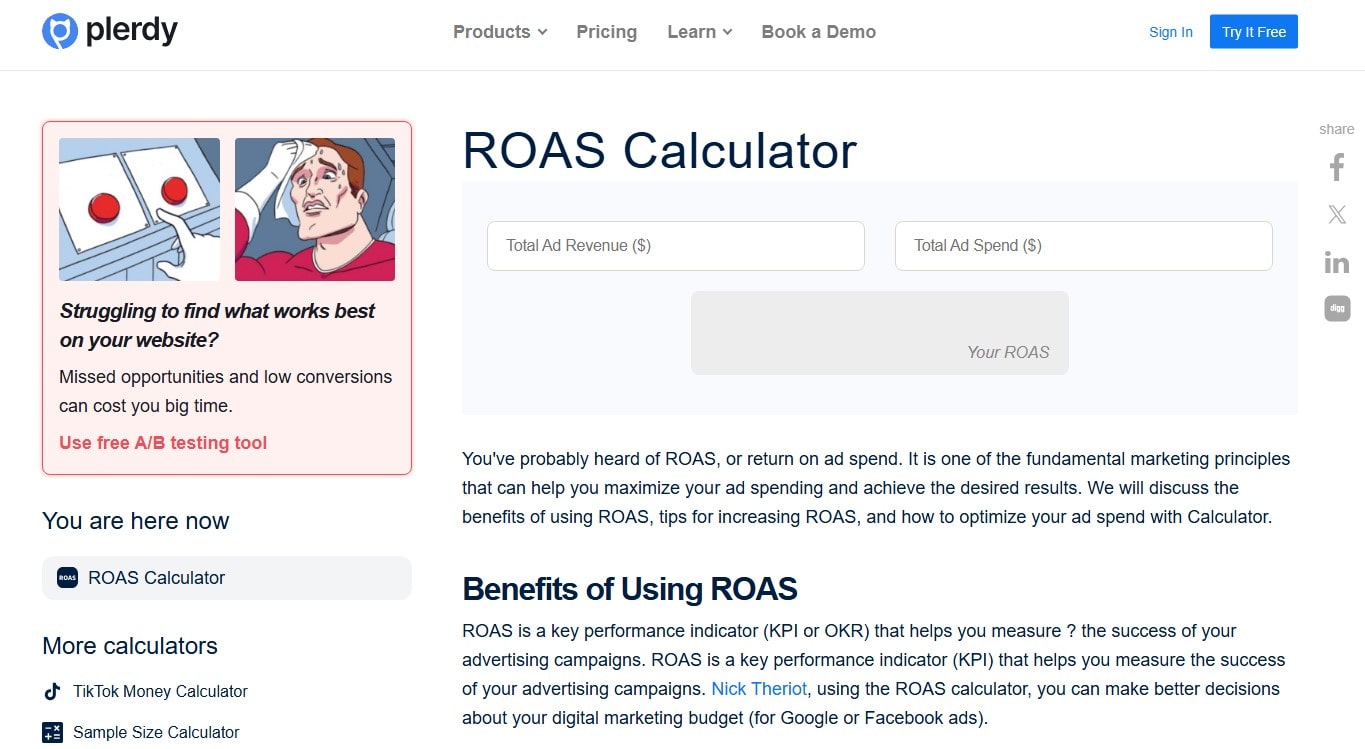
Money doesn’t grow on trees, and your e-commerce business isn’t an exception. Financial mismanagement is a silent killer—one wrong calculation, and you’re sinking. If your expenses are out of control or you don’t track the right metrics, your website might look fantastic, but profits? Gone.
Not Understanding Cost Structures
Let’s get real. Many e-commerce businesses fail because they don’t even know how much it costs to sell one product. It’s not just the price of manufacturing — it’s the whole package: marketing, shipping, website maintenance, and more. Ignoring these expenses is like driving without a gas gauge. Sooner or later, you’ll stop.
Here’s a simple formula to get you started:
Profit = Revenue – (Product Costs + Marketing + Operations)
Sounds obvious, right? But you’d be shocked how many skip this step. Imagine selling a product for $100. It costs $40 to make, $20 to market, and $10 for shipping. That leaves you with $30. Not bad until you forget your website hosting costs $500 a month. Now you’re in the red.
To avoid this mess, use tools like QuickBooks or Xero to track all your e-commerce expenses. Even Shopify has built-in finance tools to keep you organized. Know your numbers, and you’ll save your business.
Ignoring Key Metrics like ROAS and CPA
Let’s talk ROAS (Return on Ad Spend) and CPA (Cost Per Acquisition). These aren’t just fancy terms—they’re the heartbeat of e-commerce marketing.
ROAS tells you how much you earn for every dollar spent on ads. A $5 return on a $1 investment? Perfect. But if it’s $0.50, you’ve got a problem. CPA measures how much you spend to get one customer. If it’s higher than your profit per sale, you’re losing money.
Use tools like Google Analytics or Plerdy to monitor these metrics. Trust me, they’re not just numbers—they’re the difference between success and failure.
Failure to Adapt to Market Trends
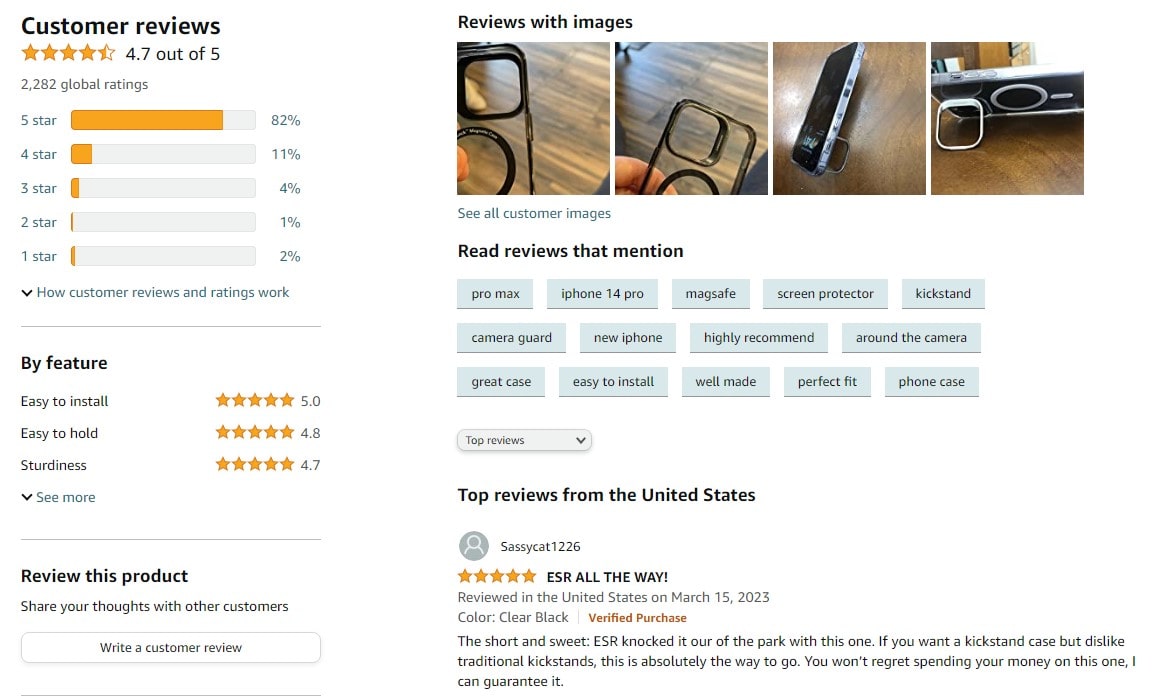
Staying the same in e-commerce is dangerous. Trends change faster than your favorite influencer’s wardrobe. If your business ignores customer needs or avoids new technology, your website risks becoming a digital ghost town. Let’s talk about why adapting to change is critical.
Ignoring Customer Feedback and Trends
Customers are brutally honest—they’ll tell you what they want, but are you listening? Businesses that ignore feedback often fall behind. Maybe your customers want faster shipping, eco-friendly packaging, or a simpler checkout. Ignore these demands, and they’ll move to your competitors.
Take Blockbuster, for example. They dismissed the rise of online streaming while Netflix listened to what viewers wanted. You know how that story ends.
Stay on top of trends by reading reviews, running surveys, or using tools like Plerdy’s Website Feedback tool. Small adjustments to meet customer preferences can have a massive impact on your e-commerce success.
Overlooking Technology and Innovation
E-commerce is built on technology. Yet, some businesses run outdated websites or avoid tools that could make their lives easier. Why? Fear of change.
Using innovative tools can save you time, money, and stress. Automate your marketing with platforms like Mailchimp or HubSpot. Upgrade your analytics with Google Analytics 4 or Plerdy to see how visitors use your website. Even small improvements—better UX design or faster checkout—can make your e-commerce business more competitive.
Don’t wait until your website feels ancient. Customers expect smooth, modern experiences, and if you don’t deliver, they’ll find someone who will. Keep evolving, or your business could be the next “remember when.”
Poor Customer Service

Your e-commerce company could be destroyed or saved by your customer service. Consumers that had a positive experience come back. But not when they shouldn’t? They scare off possible consumers and leave negative reviews damaging your company. Although your website looks great, poor customer service can ruin all the effort you have put into your e-commerce shop.
The Impact of Negative Customer Experiences
Poor customer service is a disaster for your e-commerce company not only a blunder. Imagine a client waiting weeks for their order without updates or receives the incorrect good. And what happens? They warn people to avoid your website, give a one-star review, talk about it on social media. If a company receives too many unfavorable reviews, 86% of consumers avoid it. That seriously damages your e-commerce revenues.
Tools like Google Reviews or Trustpilot enable angry consumers to easily communicate their experiences. And you are handling more than one disgruntled client here. Every negative review can turn off hundreds of fresh customers. Ignoring these issues is the sure way your e-commerce company will suffer and lose important traffic.
Building Long-Term Relationships with Customers
Strong customer relationships are the backbone of a successful e-commerce business. It’s not just about making a sale—it’s about keeping customers happy so they come back. Answer complaints fast, show empathy, and prove that your website is trustworthy.
Here’s how to improve customer service on your e-commerce website:
- Provide multiple support options: Live chat, email, or even a simple FAQ page.
- Personalize responses: Show customers they’re more than a number.
- Offer loyalty perks: Discounts for repeat buyers or early access to new products.
Look at brands like Zappos or Amazon—they didn’t dominate the e-commerce world by accident. They invest in customer satisfaction, making returns simple and support easy to access. If you want your business to succeed, treat customers as partners in your journey. A happy customer isn’t just a sale; it’s free marketing for your website!
Lack of Patience and Unrealistic Expectations
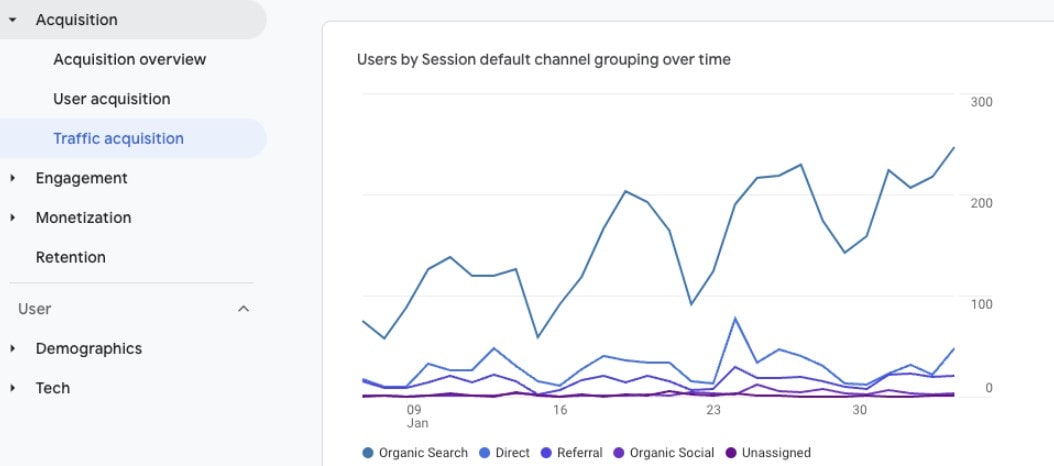
Building an e-commerce business isn’t a get-rich-quick scheme. It’s more like planting a tree—success takes time, care, and a lot of patience. Many businesses fail not because their products or websites are bad, but because the owners expect overnight results. Let’s dig into why patience is your best business tool.
The Time Needed for Organic Growth
Organic growth is slow, but it’s worth the wait. SEO, content marketing, and social media engagement don’t deliver instant results. Google, for example, can take months to start ranking your website properly. That’s why you need to give your e-commerce website time to grow.
Imagine creating a blog about eco-friendly products. You post regularly, using tools like Plerdy to optimize keywords and track user behavior. After three months, you notice a small spike in traffic. Six months later, traffic doubles. That’s how organic growth works—it’s a marathon, not a sprint. If you stay consistent, the results will come.
Planning for Long-Term Sustainability
Unrealistic goals are dream killers. Instead of expecting your e-commerce business to make $10,000 in the first month, focus on setting realistic milestones. Start small: “Increase website traffic by 20% in three months” or “Generate $500 in sales by month two.”
Consistency is the secret sauce here. Whether it’s improving your website UX, running A/B tests, or using analytics tools like Google Analytics or Plerdy, small daily efforts build long-term success. Big brands like Shopify and Etsy didn’t become giants overnight—they started small, learned from mistakes, and kept improving.
Remember, sustainable growth isn’t flashy, but it’s what keeps your e-commerce business alive and thriving.
Mismanagement of Inventory

Inventory mismanagement can ruin even the most promising e-commerce business. Too much stock? Your money sits in a warehouse instead of helping your website grow. Too little? Frustrated customers leave your website empty-handed. Balancing inventory is tricky but essential for every e-commerce store.
Overstocking and Understocking
Poor inventory planning is a common issue in e-commerce. Overstocking ties up cash in unsold products. Imagine holding 1,000 units of holiday-themed items in January—wasted space and lost profits. On the flip side, understocking drives potential buyers to competitors. Data shows that 34% of online shoppers leave a website if their chosen item is unavailable. Losing one-third of revenue due to understocking? It’s a nightmare for any e-commerce business.
The challenge is knowing your product demand. Seasonal trends, unpredictable surges, or even one viral post can mess up stock planning. To avoid these mistakes, every e-commerce business should carefully monitor sales and adjust inventory levels.
Utilizing Inventory Management Tools
Inventory tools are game-changers for e-commerce websites. Platforms like Zoho Inventory, TradeGecko, or Shopify help track stock levels in real time. These tools predict demand, alert you before stock runs out, and even suggest restocking schedules.
For smarter decisions, integrate inventory tools with website analytics, such as Plerdy. This way, you can see if customers frequently click on products that are out of stock. It’s data-driven inventory management at its best.
A well-managed inventory system ensures your e-commerce business runs smoothly, keeps customers happy, and boosts profits. Let your website become the place where shoppers always find what they need.
Ignoring Conversion Rate Optimization (CRO)

In e-commerce, having traffic isn’t enough—conversions are the real deal. If your website gets 10,000 visitors but no sales, that’s not success; it’s a headache. Ignoring CRO means leaving money on the table. Businesses that prioritize optimization often see up to a 300% boost in sales. Yes, really. Every click counts, so let’s talk about why this matters.
Not Testing Website Elements
Your website isn’t a static brochure. It’s a dynamic space that needs constant tweaking. A/B testing is the golden ticket here. Imagine testing two versions of a product page—one with a green “Buy Now” button and another with red. Data might show 20% more conversions for the green. That’s a small change making a big impact.
Tools like Plerdy, Optimizely, or Google Optimize make testing easy. Check headlines, CTAs, layouts—every element matters. Without testing, you’re guessing. And guessing doesn’t pay in business.
Neglecting Mobile Optimization
Over 60% of e-commerce traffic now comes from mobile devices. If your website isn’t mobile-friendly, you’re pushing customers away. Slow load times, tiny fonts, or clunky navigation frustrate users. They’ll bounce faster than you can say “conversion.”
Responsive design isn’t optional anymore; it’s mandatory. Platforms like Shopify and BigCommerce offer mobile-first templates that keep your site smooth across all devices. Businesses focusing on mobile CRO see better engagement and higher sales. Don’t let your website miss out—make it shine on every screen.
Legal and Compliance Issues

Running an ecommerce business isn’t just about selling products and earning profits. You’re also navigating a maze of laws, taxes, and regulations. Ignoring these? Big mistake. Legal missteps can cost your website its reputation—or worse, its survival. Let’s dive into two major traps many businesses fall into.
Failing to Meet Regulations
Data privacy laws aren’t optional. Customers trust your ecommerce website with their personal information, and mishandling it can lead to heavy fines. Remember the GDPR in Europe or CCPA in California? They’re not just fancy acronyms. Violating them could mean losing customer trust—and thousands of dollars.
Businesses that stay compliant use tools like TrustArc or OneTrust to manage data security. These platforms help your website handle sensitive information properly. No shortcuts here—customers expect protection.
Not Preparing for Tax Obligations
Taxes might sound boring, but ignoring them can break your business. Missing tax deadlines or underreporting revenue isn’t just risky—it’s illegal. And ecommerce taxes aren’t simple. You’ve got sales tax, VAT, and maybe international duties. It adds up quickly.
Platforms like Avalara or TaxJar make tracking tax obligations easier. They automate calculations, so you’re not guessing. Failing to plan taxes properly can lead to audits and penalties. It’s way better to invest in proper tools than lose everything over poor preparation.
Conclusion
Building a successful e-commerce business isn’t a walk in the park, but it’s totally doable if you tackle the right challenges head-on. From mastering inventory management to optimizing your website for conversions, every small step can lead to massive growth. Ignore issues like poor customer service or legal mishaps, and you risk falling behind—no one wants that, right?
Take action today. Test your website, analyze customer behavior, and invest in tools like Plerdy to stay on top of trends. The future of your business depends on these choices. Growth doesn’t wait, so why should you?
